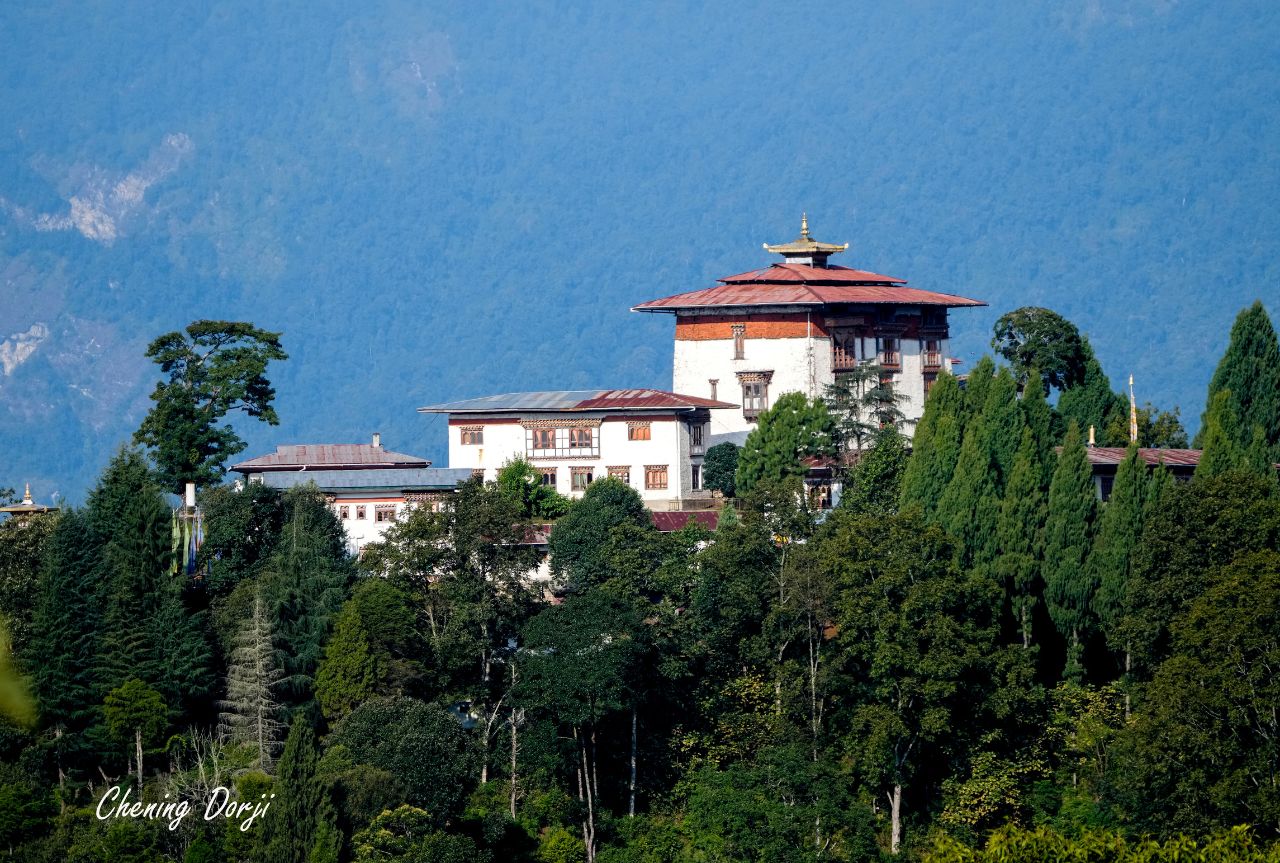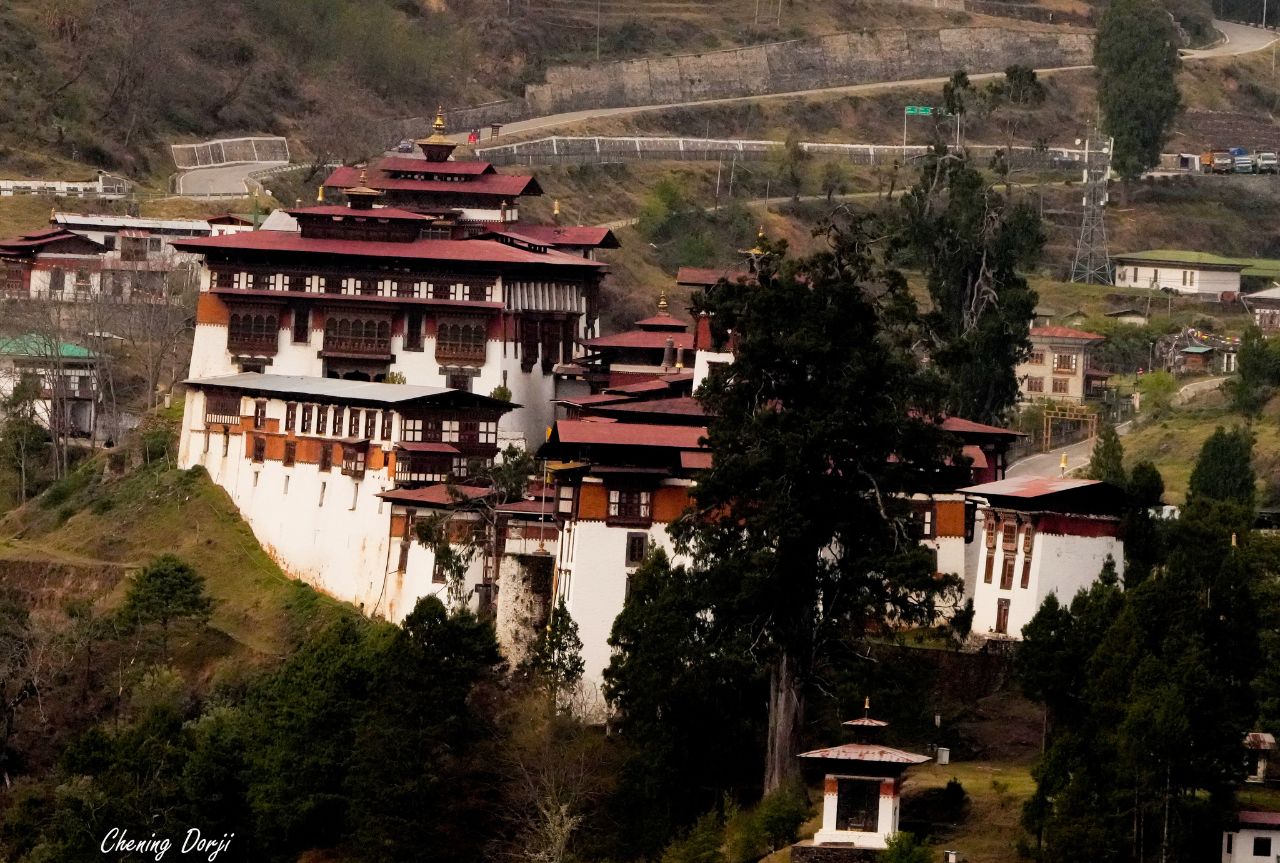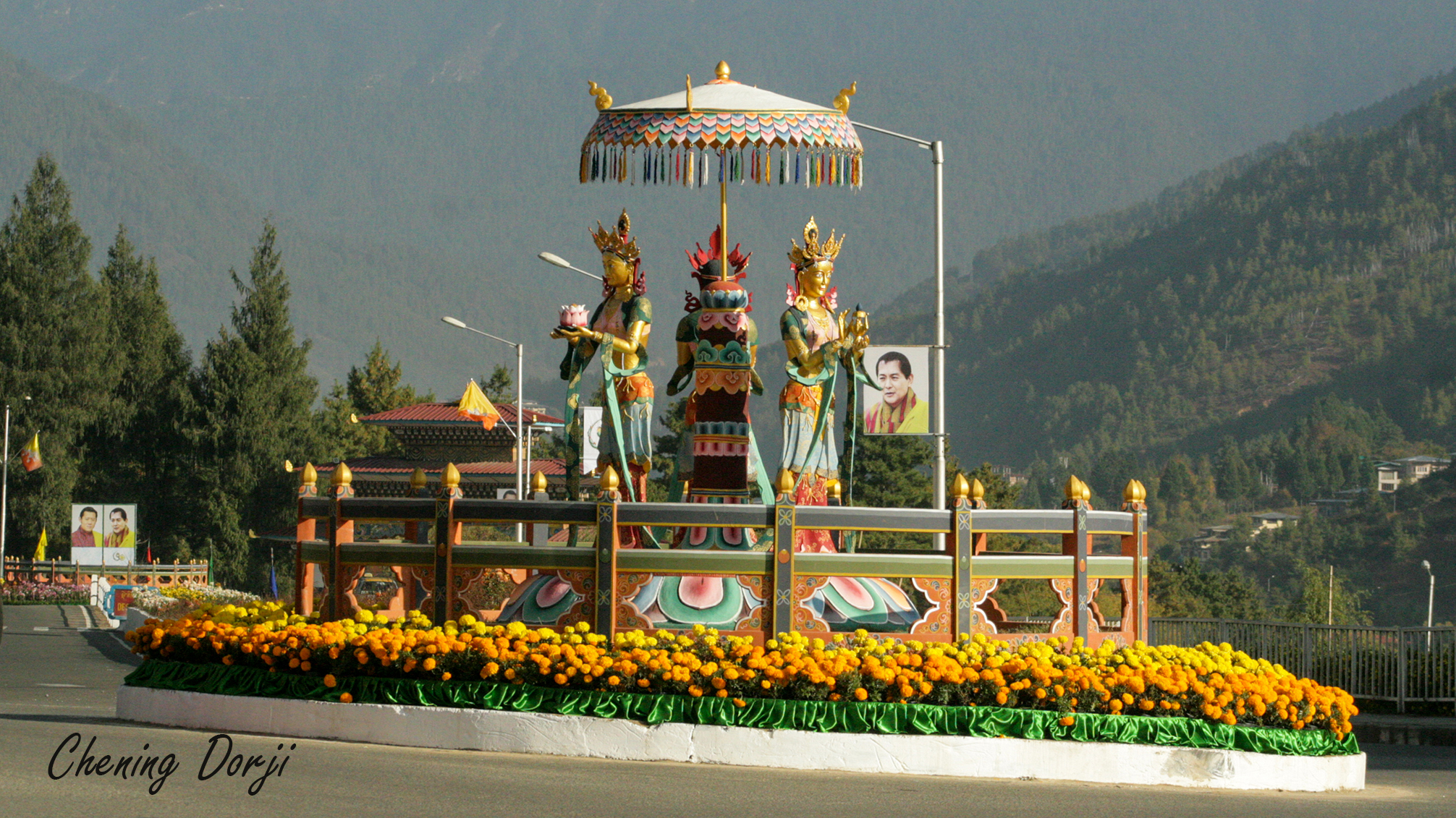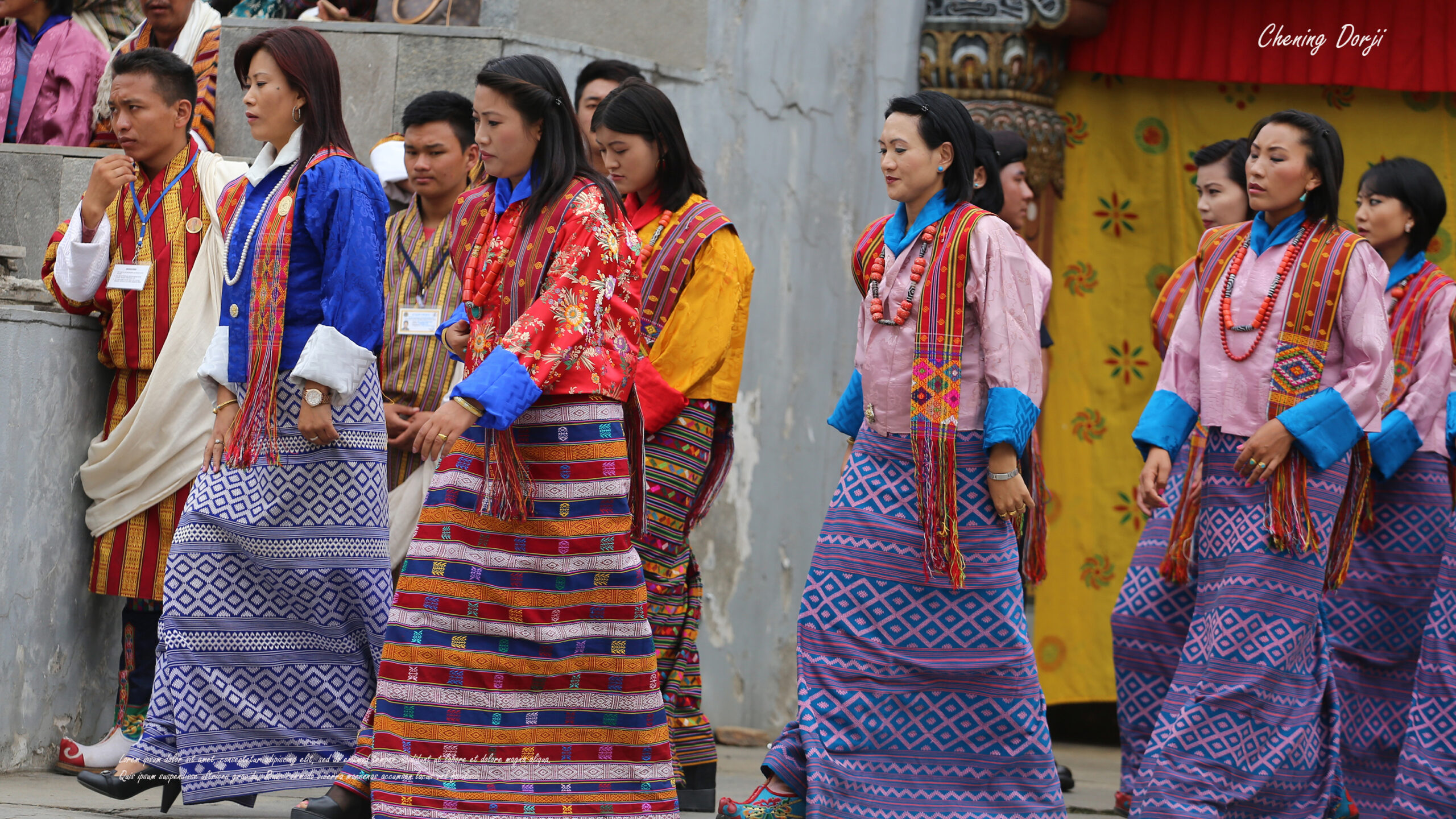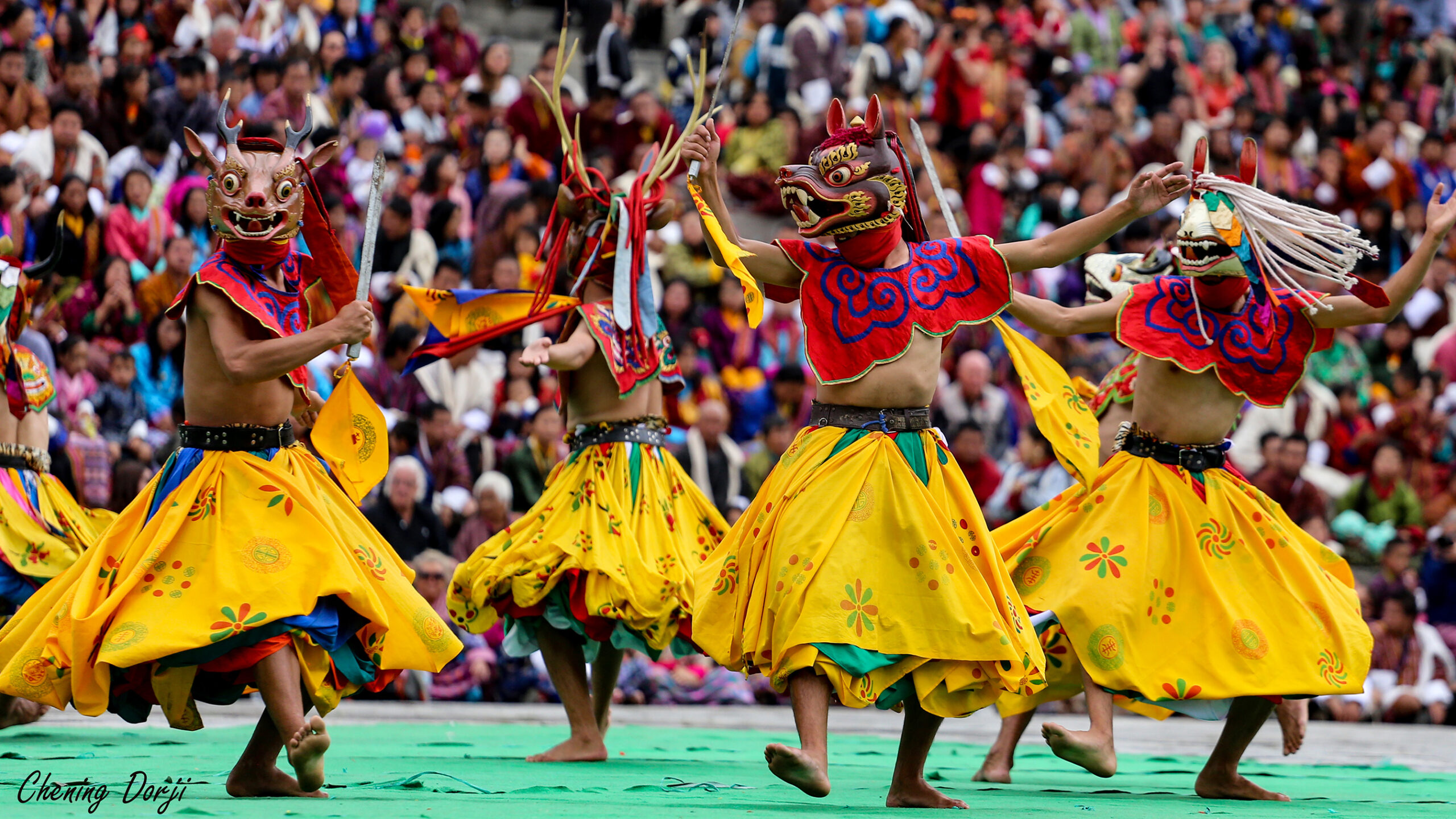11 Days 10 Nights
Bhutan
Attributes
3150 meters
Moderate to Warm
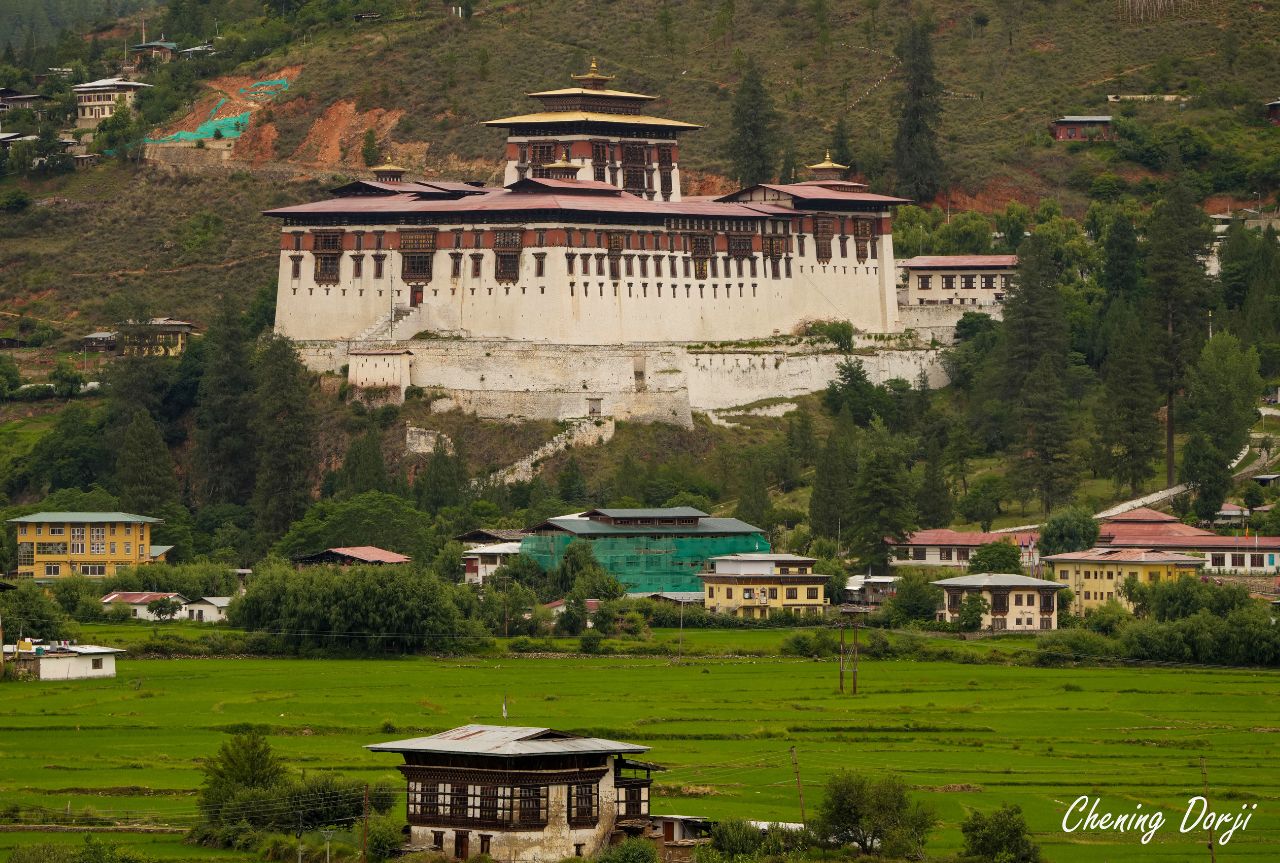
11 Days Cultural Tour
This 11-day tour explores Bhutan’s cultural landmarks, starting with massive the Buddha Dordenma Statue and the traditional Thirteen Arts and Crafts in Thimphu. witness a sacred religious festival and you will meet warm, welcoming people. Breathe the clean air of the Himalayas as you explore through pristine forests filled with seasonal wildflowers and the vibrant ridges of Rhododendrons. Enjoy breathtaking views of the snow-capped Himalayan peaks, the cluster of Druk Wangyel Chorten at Dochula Pass (3,150m), and the majestic Punakha Dzong, a 16th-century fortress-monastery. Visit ancient temples such as Jamba Lhakhang in Bumthang and Kyichu Lhakhang in Paro, both were built in seven centuries. Explore the Phobjikha Valley, home to rare black-necked cranes, and witness their courtship dance, experience authentic Bhutanese cuisine in the farmhouse, prepared by the host. Hike to the iconic Tiger’s Nest Monastery, perched on a cliff at 3,150m, where Guru Rinpoche meditated in the cave for three years in 8th century after flying from Singye Dzong on the back of a female tiger. The Tigress is believed to be his consort who transformed into sacred tigress. Your tour ends with unforgettable memories in Bhutan.
Itinerary
Itinerary Expand All
Day 1 - Arrival at Paro international airport
Day 1: Arrival at Paro international airport
Elevation of 2,200 meters.
Drive for 1.5 hours to Thimphu, stopping at Tachog Lhakhang, a 14th-century temple built by the great saint Dupthob Thangtong Gyalpo, en route. Overnight stay in Thimphu, situated at an elevation of 2,200 meters.Day 2 - Thimphu Exploration
Day 2: Thimphu Exploration
Visit: Buddha Dordenma, a massive golden Buddha statue 51.5 meters tall, it is one of the largest Buddha statues in the world. Situated on a hill overlooking Thimphu city.
Visit: National Memorial Chorten, is a prominent religious structure and It was built in 1974 in memory of the late third king of Bhutan
Visit: Takins preserve, Takin is a national animal, unique mammal with a goat-like appearance and is revered in Bhutanese culture and folklore.
Visit: Handmade paper factory, established to preserve the ancient’s Bhutanese tradition of paper making
Visit: Tashichho Dzong, Trashichho Dzong houses the throne room of the King of Bhutan and serves as the summer residence of central monastic body and administrative center.Optional places to visit and day hike around Thimphu:
Hiking: Day hike to Phajoding-Pumola from Thimphu offers a rewarding experience with stunning natural beauty. Phajoding is a sacred site located above Thimphu Valley, and its monasteries were built in the 17th century. The loop hike typically takes around 7-8 hours, depending on your pace and fitness level.
Hiking: Day hike 2.5 hours from Buddha Point (Kuensel Phodrang) to Changangkha along the biking trail offers a scenic and enjoyable view of Thimphu city.
Hiking: Day hike to Chari and Tango Monastery, which is about 45 minutes hike from road head, The monasteries are situated at an elevation of about 2,600m.
Visit: Zilukha Nunnery, also known as Zilukha Anim Dratshang, home to Buddhist nuns who follow the Drukpa Kagyu tradition. It was established to provide a place for women to practice Buddhism.
Visit: National Textile Museum. The Textile Museum is dedicated to preserving and showcasing Bhutanese textile arts and heritage.
Visit: Institute of Traditional Medicine. Traditional medicine plays a significant role in healthcare and preserve the cultural heritage.Day 3 - Thimphu sightseen
Day 3: Thimphu sightseen
Visit: Thirteen traditional arts and crafts of Bhutan, collectively known as Zorig Chusum, which have been practiced for centuries and are highly valued for Bhutanese cultural significance.Visit the Folk Heritage Museum to learn about Bhutanese culture.
Explore: Weekend market and shopping in Thimphu town.
Visit: Simtokha Dzong, funded in 1629 by Zhabdrung Ngawang Namgyal, the unifier of Bhutan, is considered the country's first dzong (fortress-monastery). Strategically situated on a ridge overlooking the Thimphu Valley. Overnight stay in Thimphu
Day 4 - Thimphu to Phobjikha
Day 4: Thimphu to Phobjikha
Drive for 5 hours to Phobjikha via scenic beauty of Dochula Pass (3,150m.) the stunning view of cluster stupas and Himalayan snowcapped mountains on a clear day. Drive 5 hours to Phobjikha.
Visit: Black-Necked Crane Information Centre in Phobjikha.
Optional:
Hike: Lhungchutse Monastery from Dochula Pass. The hike to Lhungchutse Monastery is one of the most enjoyable and memorable hikes through the century old Rhododendron Forest, offering panoramic views of the Himalayan mountains on a clear day from the monastery. The hike takes around 4hrs.
Visit: Wangdue Phodrang Dzong, it was built in 1638 by Zhabdrung Ngawang Namgyel, the unifier of Bhutan. The dzong was tragically destroyed by fire in 2012, but reconstruction was completed in 2023. It is the third oldest dzong in Bhutan. Then drive to Phobjiha for an overnight stay. An elevation of 2,600 meters.
Day 5 - Phobjikha to Bumthang
Day 5: Phobjikha to Bumthang
Visit: Gangtey Monastery, also known as Gangtey Gonpa, offers a glimpse into Bhutan's rich cultural and religious heritage. The monastery was founded in the 17th century by Gyalse Pema Thinley, the grandson of Pema Lingpa, the monastery belongs to the Nyingma lineage. The Gangtey Tshechu, a religious festival that typically takes place in autumn, showcasing vibrant masked dances and religious rituals.
Hike: Short hike from Gangtey to Phobjikha valley the largest marshland in the country which takes around 1.5 hours. This valley is also the winter home for over 600 vulnerable, Black-necked Cranes. The Black-necked Crane Festival is held on 12 November, coinciding with the birth anniversary of the Great Fourth King of Bhutan. Local communities organize this festival to welcome the heavenly bids to their wintering grounds.
Visit: Black-necked Crane Information Center, then drive to Bumthang, the cultural heartland of Bhutan. Drive for 4.5 hours to Bumthang for an overnight stay in Bumthang, elevation approximately 2,600 meters.
Day 6 - Bumthang to Trongsa
Day 6: Bumthang to Trongsa
Visit: Kujee Lhakhang, the oldest and most sacred temple in Bhutan, where you can still see body imprint of Guru Rinpoche in the main temple. Guru Rinpoche also known as Guru Padmasambhava, he introduces Buddhism to Bhutan in the 8th century. This site attracts both pilgrims and tourists seeking spiritual blessings.
Visit: Jambay Lhakhang, located in central Bhutan, it is the oldest temple in the country. King Songtsen Gampo built 108 temples in the 7th century to subdue powerful demoness. In Bhutan, there are two temples built by the king: Jambay Lhakhang in Bumthang in central Bhutan and Kyichu Lhakhang in Paro in western Bhutan. Both Jambay Lhakhang and Kyichu Lhakhang are not only revered as sacred sites but also serve as significant cultural and historical landmarks in Bhutan, attracting visitors from around the world.
Explore: Swiss Farm area in Batpalathang, Bumthang, known for its cheese and beer production. Swiss people introduced dairy farming traditions and brewery culture to Bumthang. Then drive 2.5 hours to Trongsa for an overnight stay. an elevation approximately 2,200 meters.
Day 7 - Trongsa to Punakha
Day 7: Trongsa to Punakha
Visit: Trongsa Museum, popularly known as Ta-Dzong. Built in 1652 by Chogyal Minjur Tempa, the first governor of Trongsa, it originally served as a historical watchtower to guard the Trongsa Dzong. Ta-Dzong was converted into a museum in 2008. It is situated on hill overlooking Trongsa Dzong and town.
Optional:
Visit: Trongsa Dzong, a fortress-monastery built in 1644 by Chogyel Minjur Tempa under the guidance of Zhabdrung Ngawang Namgyel, the unifier of Bhutan. The dzong is impressively situated in central Bhutan and serves as a residence for monk body and a district administrative center. Drive 5 hours to Punakha for an overnight stay.
Day 8 - Punakha sightseeing
Day 8: Punakha sightseeing
Visit: Punakha Dzong, also known as Pungthang Dewachen Phodrang (Palace of Great Happiness), was founded by Zhabdrung Ngawang Namgyal in 1637. It serves as the winter residence for the central monastic body and houses the district administrative offices. The annual Punakha Tshechu, held in its courtyard, festival that attracts both locals and tourists. The dzong is situated at the confluence of the Pho Chhu (Male River) and Mo Chhu (Female River) at elevation of 1,200 meters.
Visit: Nunnery center, overlooking beauty of Wangdue Phodrang and Punakha valley
Visit: Chimi Lhakhang, also known as the Fertility Temple, situated on a hilltop in Punakha. This monastery is well-known as a fertility temple, where couples come to seek blessings for fertility and childbirth. The monastery was founded in 1499 by Ngawang Choegyel to honor the teachings of Drukpa Kunley also popularly known as the Divine Madman. Then drive to Paro for an overnight stay.
Optional visiting place:
Visit: Talo Sanga Choling Monastary. Drive an hour to Talo Sanga Choling Monastery, situated an hour's drive from Punakha, is a significant religious site that hosts annual festivals known as tsechus depending on Bhutanese lunar calendar. These vibrant events bring together locals and international visitors to witness religious festival.
Visit: Wolakha Nunnery center, located half an hour drive from Punakha, situated on the hilltop and overlooking the Wangdue Phodrang and Punakha Valley.
Day 9 - Punakha to Paro
Day 9: Punakha to Paro
Drive for 3 hours to Paro
Visit: National Museum, also known as the Ta-dzong (Watchtower). It is a prominent cultural institution that showcases the rich cultural heritage and history of Bhutan. The museum displays a wide array of artifacts, artworks, textiles and household items that highlight Bhutanese history, religion, and culture.
Visit: Kyichu Lhakhang located in the Paro valley, it is the oldest temple in the country. Temple was built 108 temples in the 7th century by King Songtsen Gampo to subdue powerful demoness. In Bhutan, there are two temples built by him, Jambay Lhakhang situated in central Bhutan, Bumthang and Kyichu Lhakhang in Paro in western Bhutan. Both Jambay Lhakhang and Kyichu Lhakhang are not only revered as sacred sites but also serve as significant cultural and historical landmarks in Bhutan, attracting visitors from around the world.
Explore: Paro town and its traditional architecture and shopping. Overnight in Paro.
Optional:
Visit: Drukgyel Dzong, a fortress originally built in 1649 by Tenzin Drugdra, under the guidance of Zhabdrung Ngawang Namgyel. The dzong was destroyed by fire in 1951 and remained in ruins until it was rebuilt in 2016.
- Top of Form
- Bottom of Form
Visit: Paro Rimpong Dzong, Paro Dzong, also known as Rinpung Dzong, is a historic fortress-monastery built in 1646 under the order of Zhabdrung Ngawang Namgyel, the unifier of Bhutan. It was constructed by Tenzin Drukdra, who served as the Paro Penlop (District Governor). Today, it serves as the residence for the monastic body and the administrative center of the Paro district. Overnight stay Paro.
Day 10 - Paro sightseeing
Day 10: Paro sightseeing
Hike: For approximately 3 hours uphill to Tiger’s Nest. Tiger’s Nest is one of Bhutan’s iconic landmarks, perched on a cliff. The cave was discovered by Guru Padmasambhava, also known as Guru Rinpoche, who flew from Tibet riding on a tigress, believed to be his consort appearing in the form of a tigress. Guru Rinpoche meditated in the cave for three years. The temples were built in the 17th century by Gyalse Tenzin Rabgye. An elevation of 3000m)
Explore: Paro town and its traditional architecture and shopping. Overnight Stay in Paro
Day 11 - Depart from Paro international airport
Day 11: Departure from Paro international airport.
You may have some free time in Paro for last-minute sightseeing or shopping depending on your flight schedule.
Gallery
Please select date
from $165.00

